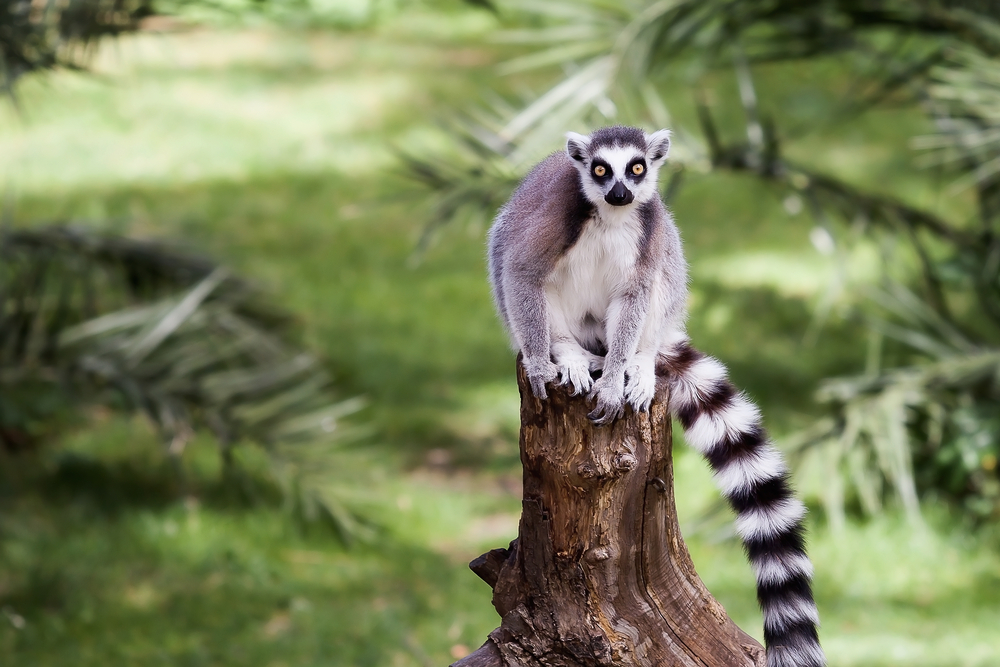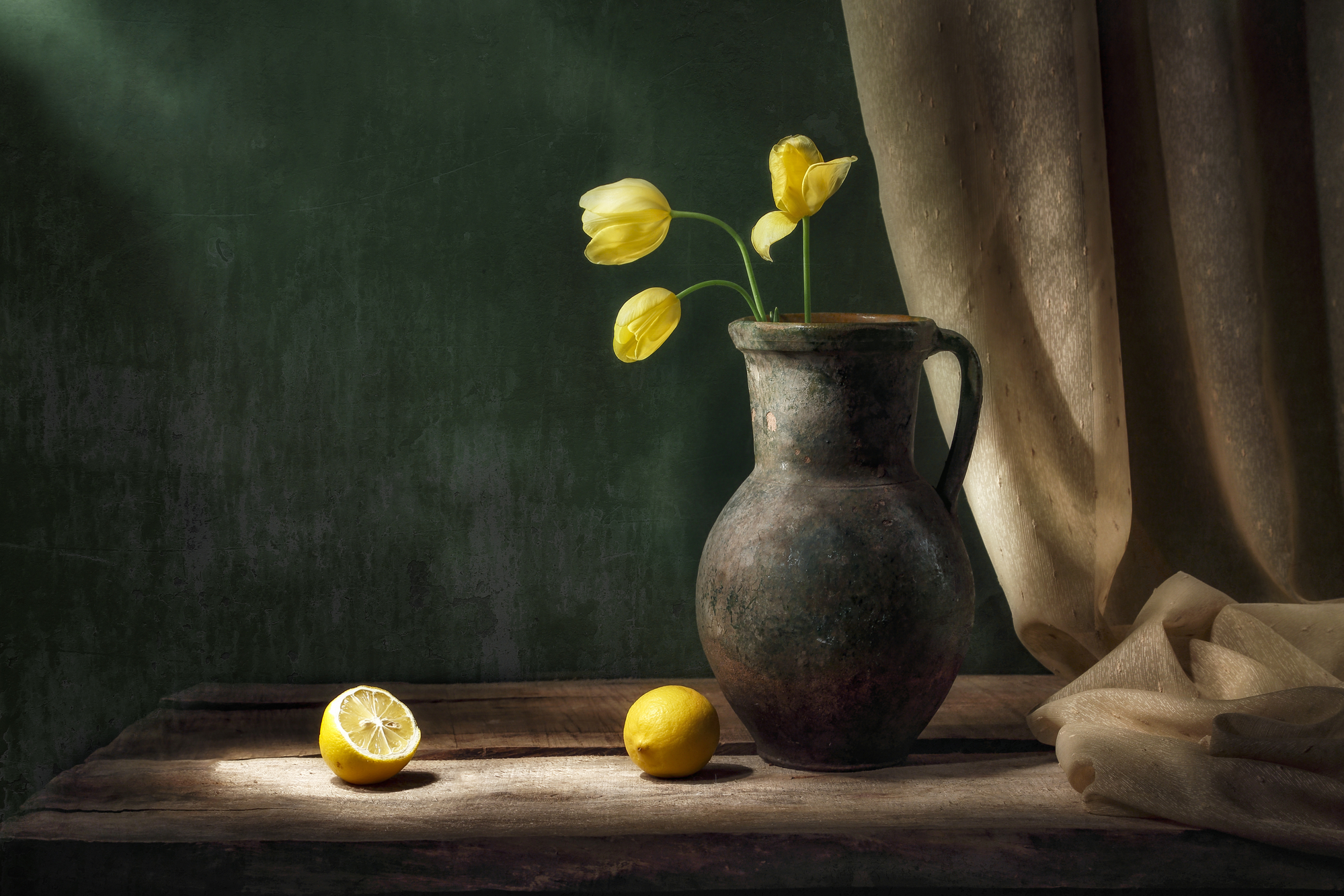Wildlife Photography Guide: Useful Tips and Ultimate Destinations for Perfect Animal Pictures
If you are interested in wildlife photography but are unsure where to start, you’ve come to the right place. There are many challenges in this field, but first, you must learn the job and aspire to become good at it. You also need to know about your animal photography subjects. We touch upon a few fabulous locations in the world where you can pursue this exciting activity. Wildlife photography can be an exciting way of life with the right sites and equipment capable of capturing nature at its best. Continue reading to find out more.
What Is Wildlife Photography?
Wildlife photography is a niche that involves taking pictures of animals in their natural habitats. However, wildlife photographers may sometimes take shots of wild animals in captivity.
There is also a bit of confusion between wildlife and nature photography. Wildlife photography is taking images of animals in their natural habitat. The subjects are always wild animals. In nature photography, you take photos of landscapes and plant life with a few glimpses of creatures but no specific focus on them.
5 Animal Photography Tips for Beginners
According to our contributor Andrey Gudkov, wildlife photography is a costly, complex, and unpredictable genre. Shooting wildlife images differs greatly from other types of pictures. You need lots of patience, a few photography tricks, and specialized or modified equipment. If you use a combination of all these factors, you can be successful in your photographic safari. Here are a few of our best tips on wildlife photography for beginners:
01 Be Patient
Robert Caputo, a famous photographer from National Geographic, once said that wild animals would do their thing when they are good and ready. You can’t ask them to pose and say, “Do something cute, or stand where the light is better.” You have to be ready to take that shot, and for that, you need patience—a lot of it.
By studying animals to get wildlife images, you learn to predict their moves and know what to expect. Of course, to get that perfect shot, you have to be patient and wait for hours, even days. But once you get your photo, it will be worth the wait.
02 Choose a Good Camera
Of the many cameras available on the market, few can withstand the rigors involved in shooting outdoor wildlife photos. Use a DSLR or a mirrorless camera that is weather-sealed and has interchangeable lenses.
03 Get the Settings Right
Pay attention to three elements on your camera settings: the ISO, shutter speed, and focus.
- ISO: A low ISO setting, such as 100 or 200, reduces the noise to a minimum. However, you may need to increase it for poor light conditions.
- Shutter speed: A fast shutter speed, such as 1/1000 of a second, is usually the best remedy for shooting wild animals that are moving. If you are shooting birds, a shutter setting of 1/2000 of a second is preferred.
- Focus: You should set your focus to fit the scenario. Autofocus is the best adjustment for animals in motion, but it may get confused by leaves or other objects and focus on them instead of your subject. In such cases, you are better off switching to manual focus.
You should apply the rules of composition like you do in traditional photography, for example, the “rule of thirds.”
04 Familiarize Yourself with Your Subjects
When you become a wildlife photographer, it is vital to be aware of the animals you’re shooting. Then, you can anticipate their next move and get better images.
05 Protect Yourself and Your Gear
Even if you have weatherproofed your gear, it’s always a good idea to cover it with protective sheets. Carry a few extras in case of sudden showers or snow.
It’s also important to protect yourself from the elements by wearing appropriate clothing and footwear for the climate and location. If you and your gear are adequately protected, you can shoot in any weather condition.
10 Best Destinations for Wildlife Photography
Here are some of the best wildlife photography destinations in the world:
Sabah, Borneo
With no roads in the Tanjung Puting National Park, you will be restricted to boat or foot, so you will have to be in good physical shape. Other than orangutans, this region is rich in biodiversity, abounding with photographic opportunities wherever you go.
South Africa
If you visit the Kruger National Park, you will see the big five: lions, leopards, elephants, black rhinos, and Cape buffalos. Of course, you may not get a glimpse of all five, but who knows? There is also a rich display of flora and fauna to explore.
India
The Ranthambore National Park in India is one of the primary locations for the famous Bengal tiger. Go on one of the numerous safaris organized within the park to capture this beautiful beast of the jungle in her natural surroundings.
The Norwegian Arctic
From the warm climes of India to the frigid air of the arctic, you can visit Spitsbergen, the largest island in Norway’s Svalbard Archipelago. Millions of seabirds live there and the magnificent polar bear. This is an opportunity of a lifetime for wildlife photography!
Australia
We associate the Great Barrier Reef with Australia, but the lesser-known Ningaloo Reef has a fantastic underwater ecosystem as well. So don your scuba gear, grab your waterproof camera, and dive right in to get stunning shots of whale sharks and other residents of this amazing underwater world.
Madagascar
The colorful movie by the same name comes to life once you set foot in this vibrant country. The national parks of Madagascar offer the most incredible biodiversity and are a paradise for taking the best nature photos. With 33 species of lemur, butterflies, and reptiles, among other animals, you will be a busy photographer in Madagascar.
Alaska
If you are interested in photographing brown bears, 95 percent of these animals live in Alaska. You can visit Lake Clark National Park, near Anchorage, which can only be accessed by boat or a small plane.
Uganda
Visit Uganda if you are interested in studying mountain gorillas. You will have your fill of these captivating primates, which are so much like us! But ensure you are in good physical shape because although there are porters who can carry things for you, there is still quite a lot of trekking to do.
Greenland and Canada
In the area between Greenland and Canada, you can see many whales, narwhals, and walruses. The terrain is harsh and unforgiving, but the adversities will be worth it when you get invaluable wildlife shots.
Galapagos Islands
The Galapagos Islands off Ecuador is not well-known, but its plentiful flora and fauna will give any photographer a run for their money. See the world’s largest tortoises up close, along with secluded beaches crawling with iguanas and birds galore!
Conclusion
Whenever you’re out in the wild, hiking, or sitting in a car waiting for action, be aware of your surroundings and expect the unexpected. You not only become a better photographer shooting wildlife photos, but you become one with nature. So, spread your wings, lift that camera, and set off to any of the destinations mentioned here. You are in for the adventure of a lifetime!












